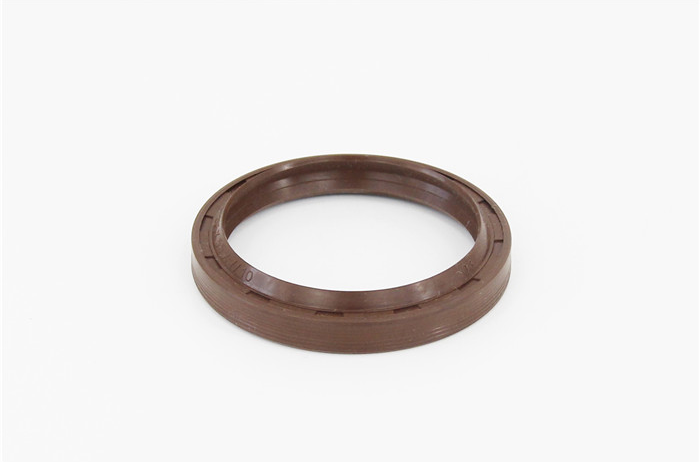Product Series
News
The characteristics of Fluoroelastomer(FKM)
Update:2018-07-13
The most common sealing materials for rubber seals are metal seal materials, PTFE, synthetic rubber, flexible graphite seal materials, etc. Among them, synthetic rubber seal materials include styrene-butadiene rubber seal material, neoprene material, silicon rubber material, ethylene-propylene rubber (EPM) material, fluoroelastomer(FPM) material, nitrile rubber(NBR) sealing material, etc. They are all synthetic rubber sealing materials.
Characteristics of synthetic rubber "fluoroelastomer":
The fluoroelastomer of synthetic rubber in the rubber seal material means that this type of rubber seal adds fluoroolefin copolymer during synthesis. In the industry, fluororubber is the largest type of rubber seal material. The two types of fluororubbers commonly found on the market are fluororubber type 26 and main fluororubber type 23.
The fluororubber type 23 of the rubber seal is a product of a copolymer of vinylidene fluoride and chlorotrifluoroethylene. It is equivalent to a foreign Kel-F fluororubber. It has very good resistance to strong acid, especially for nicotinic nitric acid. This type of fluororubber is very difficult to process.

The fluororubber type 26 of the rubber seal is the most suitable sealing material for fluororubber products. For the use of various industries (uses), there are many types of fluororubbers of this type. The most common types are fluoro rubber type 26 and fluoro rubber type 246.
The fluororubber type 26 is more biased towards the product of vinyl fluoride and hexafluoropropylene. It is equivalent to the fluororubber variety of foreign viton. Its heat resistance and solvent resistance are estimated in the fluororubber type 33, except for this individual case.
In addition, the fluororubber type 33 is basically replaced by the fluororubber type 23. The fluororubber type 246 is biased toward fluoroethylene, hexafluoropropylene, and tetrafluoroethylene ternary polymer. Its characteristics are heat resistance, and the solvent-resistant performance is better than that of the fluororubber type 26. The fluororubber used in the rubber seal seal is mainly a fluororubber type 26.
The fluororubber of the rubber seal has particularly good heat resistance, corrosion resistance, good resistance to overheating, good superheated steam, long-term stable use at temperatures of 250 degrees Celsius, and more widely used for corrosion resistance.
In the case of high temperature and high temperature resistance (working environment, medium working condition), the biggest disadvantage of rubber-sealed fluororubber is that it is not resistant to ammonia, strong alkali, organic acid, concentrated acetic acid, acetone, ether or ethyl acetate.
